HPMAs: what’s next?
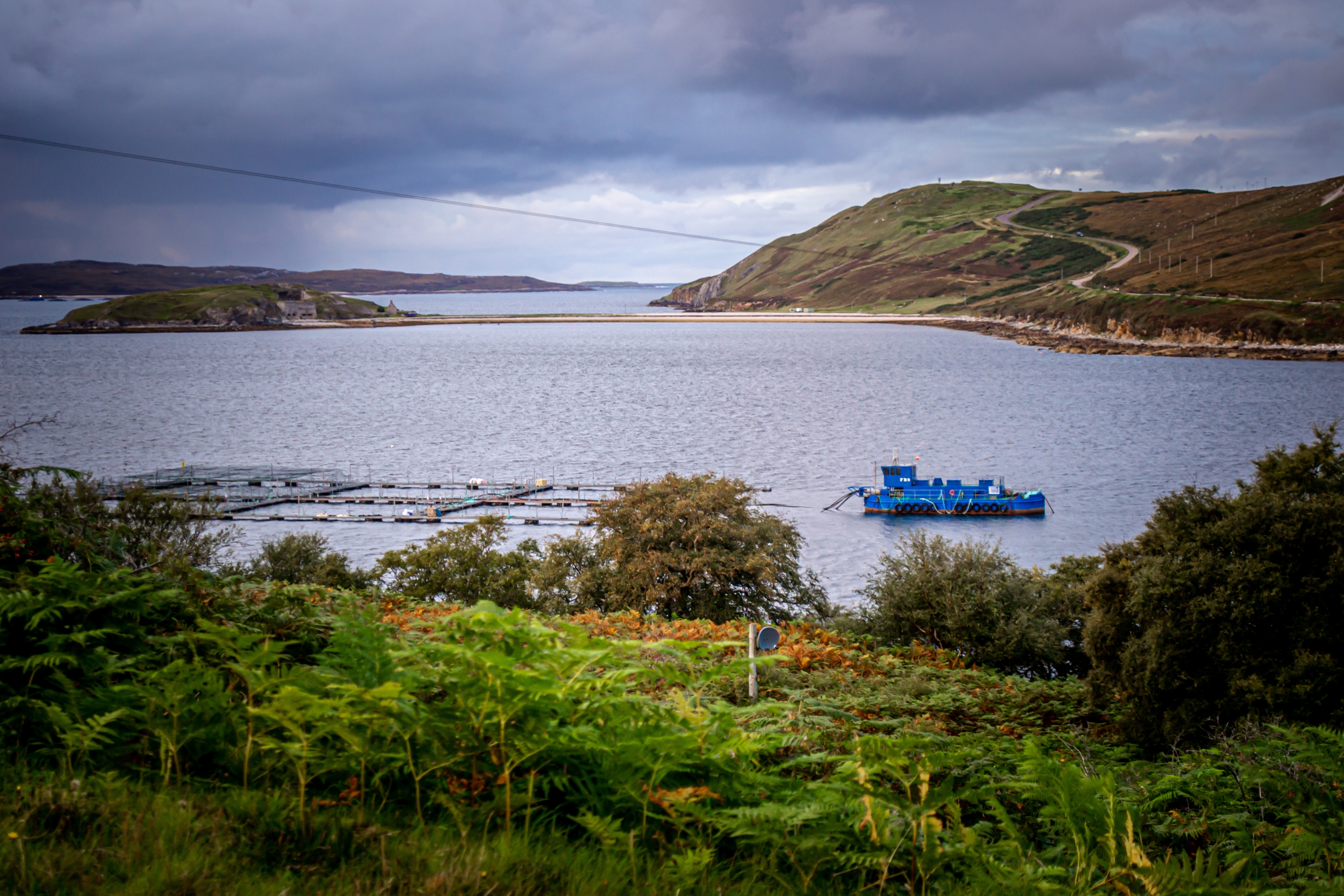
Proposals to bar all commercial activity from 10% of Scotland’s waters have been dropped. Where do we go from here? Sandy Neil finds out
The decision, after all the debate, was hardly a surprise. Early in November, the Scottish Government’s Net Zero Secretary, Màiri McAllan MSP, knocked the plan for Highly Protected Marine Areas (HPMAs) into the bin.
“In response to the findings of the consultation and as I set out in Parliament earlier this year,” she said, “the proposal to implement [HPMAs] across 10% of Scotland’s seas by 2026 will not be progressed.”
Why? What did consultees say? Where should we go from here? Will HPMAs return in another form?
Under the original proposals published in December 2022, designated sea and coastal areas – the location was not spelled out – would be classed as HPMAs, in which practically no commercial or industrial activity would be permitted. This would include a ban on all forms of fishing, fish and shellfish farming, and offshore wind and tide power in the zones concerned.

Màiri McAllan
What the consultation found
The consultation, the Scottish Government explained, received 4,502 responses: “Of these, 2,458 were substantive responses with respondents providing their own views and 2,044 were campaign responses in which respondents expressed the views of a co-ordinated campaign.
“Fifty five per cent of all respondents supported the introduction of HPMAs and 43% of respondents opposed the introduction of HPMAs, with only 2% holding neutral or ambivalent views. A large majority of respondents who supported the proposals submitted their responses as part of a single campaign. When campaign responses are removed, the views of respondents were 76% opposed and 20% supporting the proposal.”
What did these respondents say? “Concerns regarding the potential impacts on local communities, particularly in rural coastal areas and islands, were shared by both those in support of and those against the proposals,” the paper said. “The importance of stakeholder and community input in developing policies and selecting and managing sites was emphasised across many of those responses. Collaboration, partnership working and building on the knowledge and values of local people was emphasised by both opposed and supporting respondents.
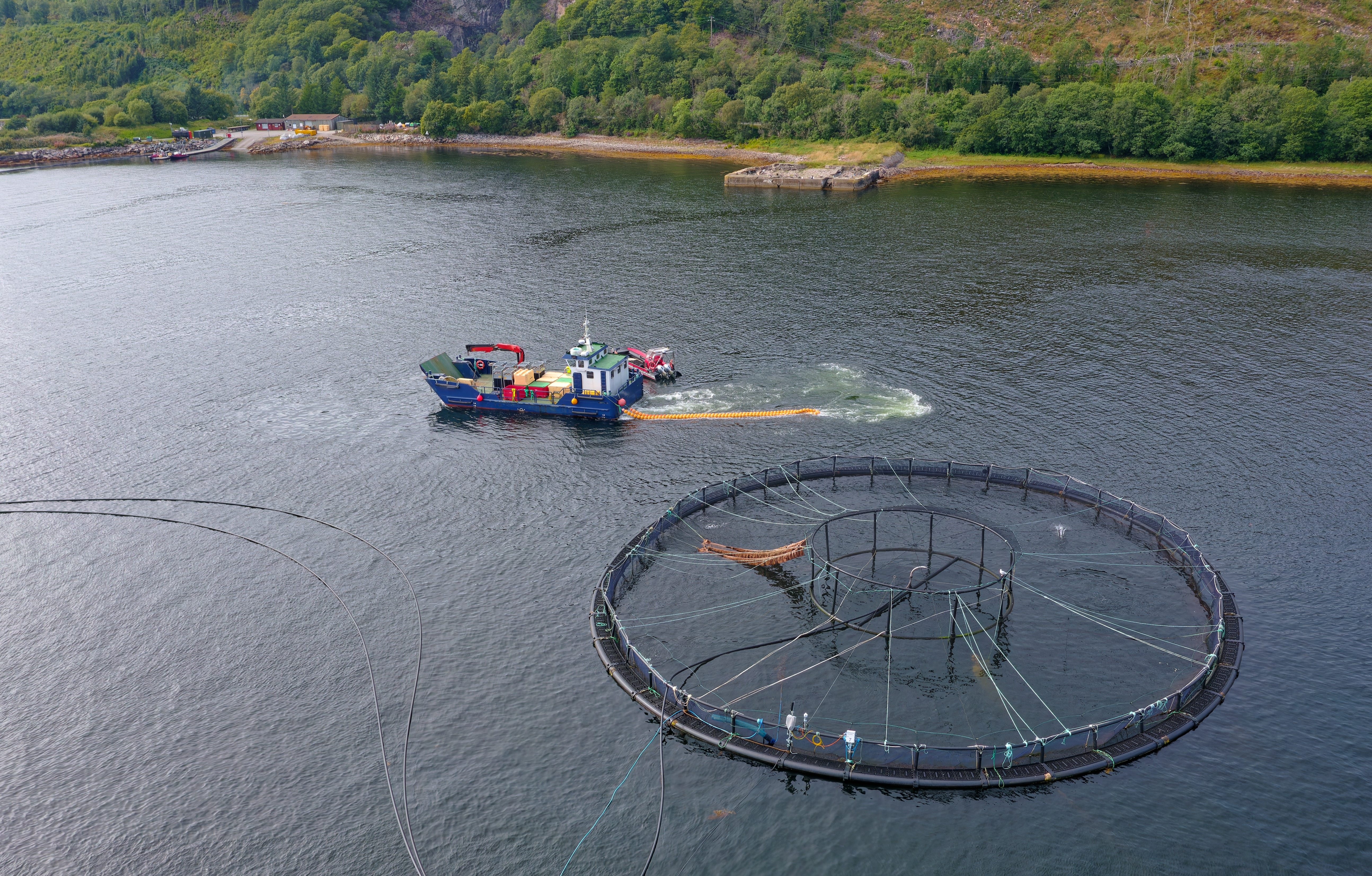
Fish farm in Argyll
“Those respondents also often highlighted concerns around taking a blanket approach to marine protection and instead suggested building on the local knowledge and values of people who live by and work on the sea, and respect local sustainable fishing practices.
“Many of the respondents who oppose HPMAs questioned the decision to include a 10% target and often worried that this could be disproportionately concentrated in the inshore area. Those who supported this target recognised the alignment with international commitments.
“Respondents who opposed also often found the 2026 timeline for delivery to be unrealistic, especially when considering the need to engage with local communities and to collect robust scientific evidence.
“While there was clear agreement in the importance of protecting and conserving our marine environment, many respondents who opposed expressed the view that the HPMA policy as proposed was not the correct approach for achieving this outcome.
“In response to the findings of the consultation – in particular to the highly polarised nature of responses, significant concerns on impacts to coastal and island communities, as well as concerns over the proposed 10% target and 2026 timeline for delivery – the Scottish Government will no longer seek to implement the proposed policy as consulted on.”
Next steps
What will Holyrood do now?
“Despite firm opposition to the policy proposal, the consultation findings also showed clear support for the goals of protecting and conserving our marine environment,” the government said. “The Scottish Government will instead continue to work to enhance marine protection in line with our draft Biodiversity Strategy ambition for Scotland to be nature-positive by 2030 and will recognise the EU Biodiversity Strategy for 2030 targets over the same timescale.
“A key learning outcome emphasised by this consultation is the importance of stakeholder and community input… it is clearer than ever that we are in the midst of a nature and climate crisis, and we must be prepared to take action proportionate with the scale of that challenge but we must do so via a fair and just transition, which empowers communities.
“Moving forward, we are committed to work with coastal and island communities, fishers, aquaculture, tourism, and all affected sectors to enhance marine protection in Scotland for the benefit of all. It is vitally important that we act to ensure that our seas remain a source of economic prosperity for our nation today and in the future.”
So, what do these groups think is the best way forward?
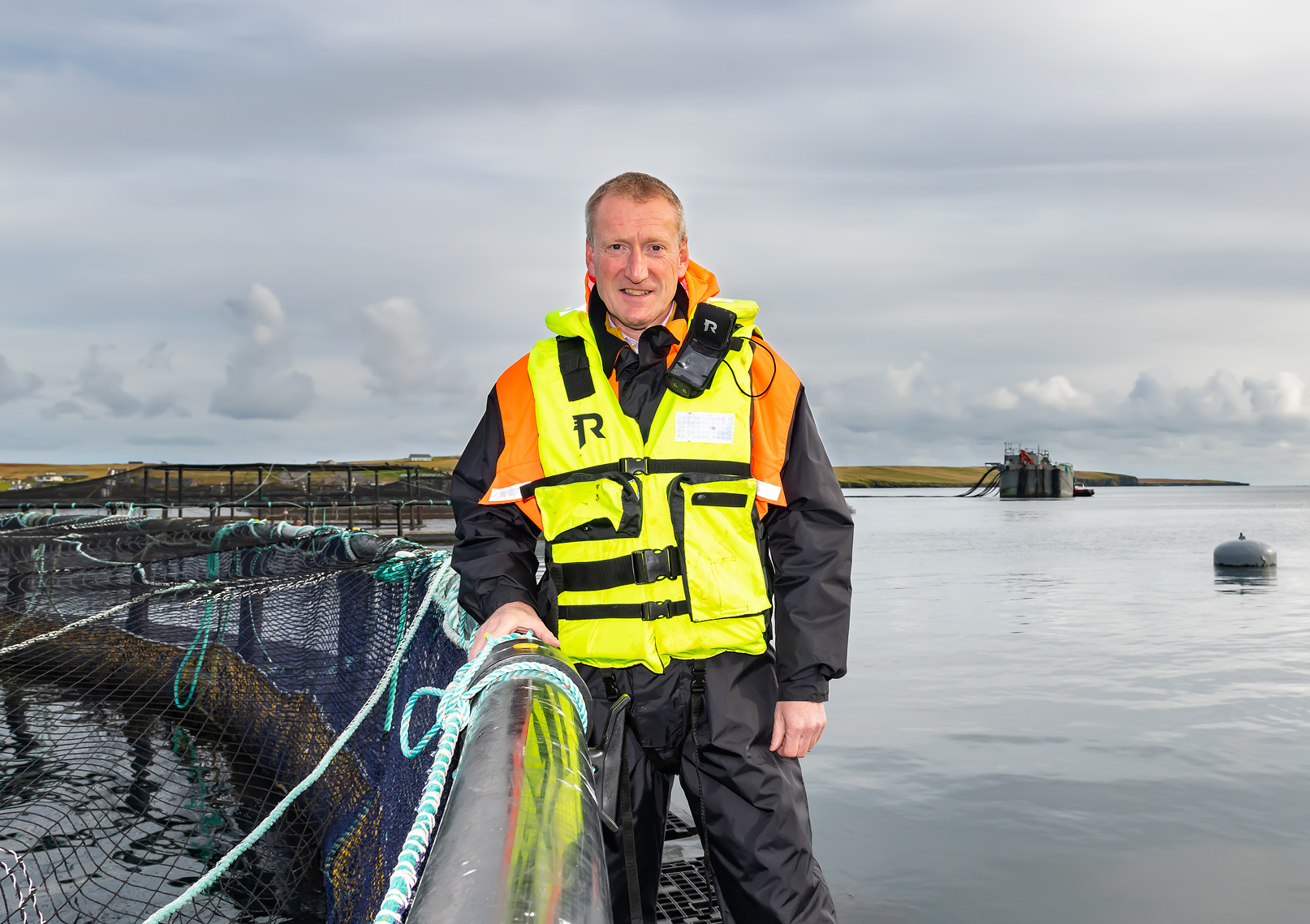
Tavish Scott
The view from the seafood industry
In its consultation response, the industry body Salmon Scotland said the plans appeared to be driven by political agendas rather than science, adding there was “no evidence that the proposed HPMAs will work”.
It urged the Scottish Government to “undertake a thorough independent review of how science has been used to establish the policy framework and to consider all pressures on the marine environment in a balanced way”.
Tavish Scott, Chief Executive of Salmon Scotland, said: “We support proposals that can improve Scotland’s marine environment. Banning responsible sea use is not the answer. Salmon farms occupy a tiny proportion of Scotland’s waters, yet ours is one of the most important sectors of the marine economy and one of the biggest employers in the Highlands and Islands.
“If government proposals force salmon farmers out of marine areas, business will lose confidence in Scotland and turn their attention to our Scandinavian competitors. That means Scotland losing out on good, well-paid jobs and investment when we need it most.
“HMPAs have been developed in isolation and jar with existing government policies such as the national marine plan, the aquaculture vision, trade and economic policy, economic policy and local authority development plans for the marine area.
“We urge joined-up policy making from the Scottish Government. Government should prioritise evidence-based policies that protect both the environment and the livelihoods of hardworking Scots.”
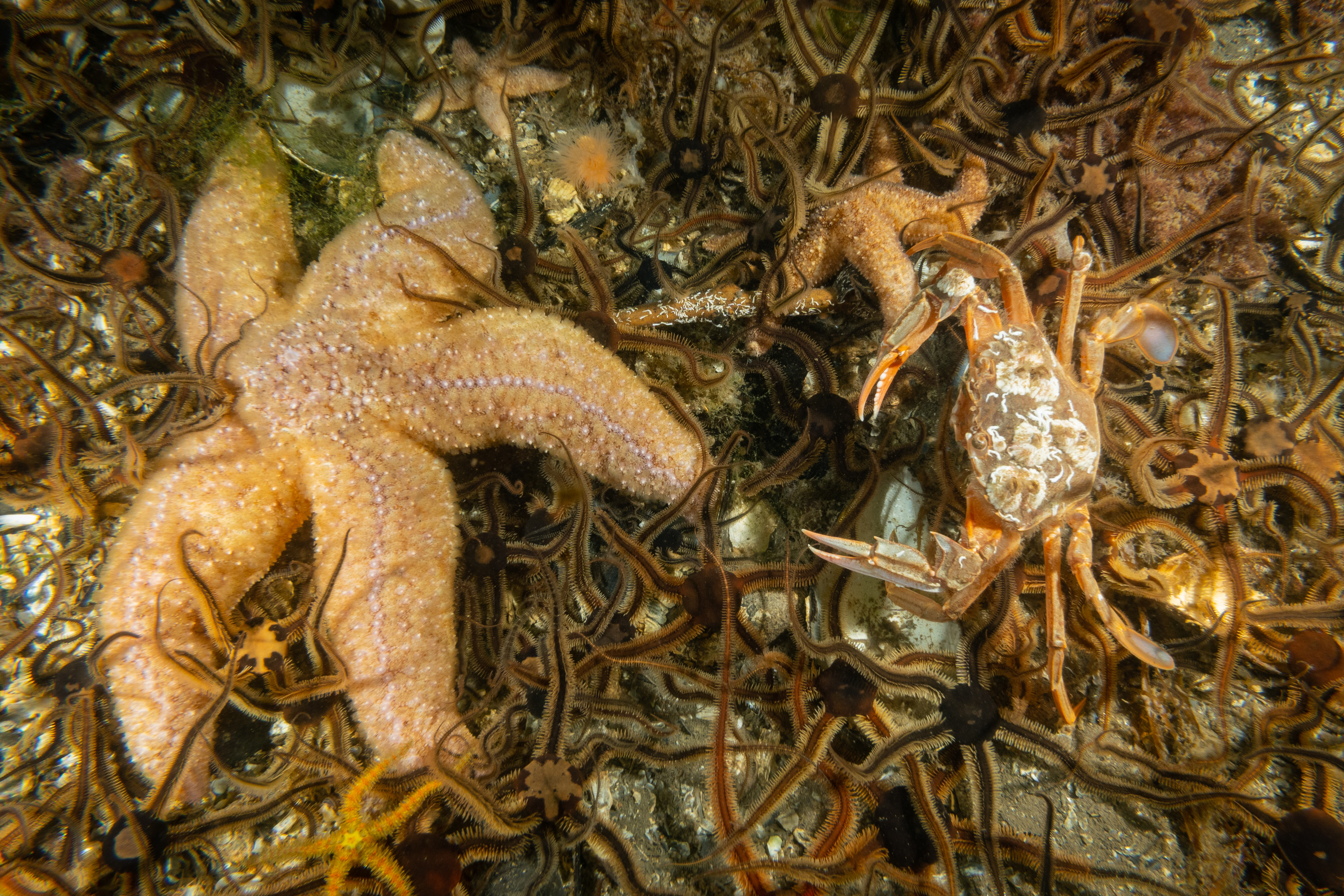
Seabed life
The Association of Scottish Shellfish Growers’ CEO, Dr Nick Lake, argued: “We firmly believe that the Scottish Government should be taking every opportunity to protect the marine environment. However, what was lacking in the proposals was the ability for a comprehensive management agenda to ensure all stakeholders were able to continue to operate and benefit the Scottish economy – particularly those small remote rural businesses that have operated sustainably over many decades.
“The shellfish cultivation sector by its very nature is located within and dependent upon biologically productive coastal waters. All the feed for shellfish consists of natural phytoplankton. No chemicals, medicines, antibiotics or artificial environmental conditions are used in the production of our mussels and oysters. Many shellfish cultivation sites are located within existing Marine Protected Areas (MPAs) and the industry is actively engaged in the restoration of species such as the native oyster and protection of Priority Marine Features – which includes blue mussel habitat. The activities of the sector have been scientifically proven to actively improve the marine biodiversity within and around our sites.
“The HPMA proposals would have effectively prevented these types of operations taking place in exactly the locations where they are the most beneficial for both the environment and the Scottish rural economy.”
The Scottish Seaweed Industry Association (SSIA) also expressed concerns about potential impacts on its industry and “a lack of sufficient evidence to support the decision”.
“The SSIA emphasised the importance of meaningful consultation with the industry before finalising any plans,” it said.
Its recommendations included identifying key seaweed operating areas, implementing management plans for sustainable harvesting and conducting research into the economic, social and environmental impact of HPMAs on the future of seaweed production.
The SSIA raised specific points, such as potential spatial squeezes limiting growth in coastal communities, socio-economic risks to rural areas, insufficient evidence for excluding seaweed cultivation and concerns about labelling seaweed aquaculture as damaging. The response called for a “balanced approach that considers both marine environmental protection and the seaweed industry’s needs”.
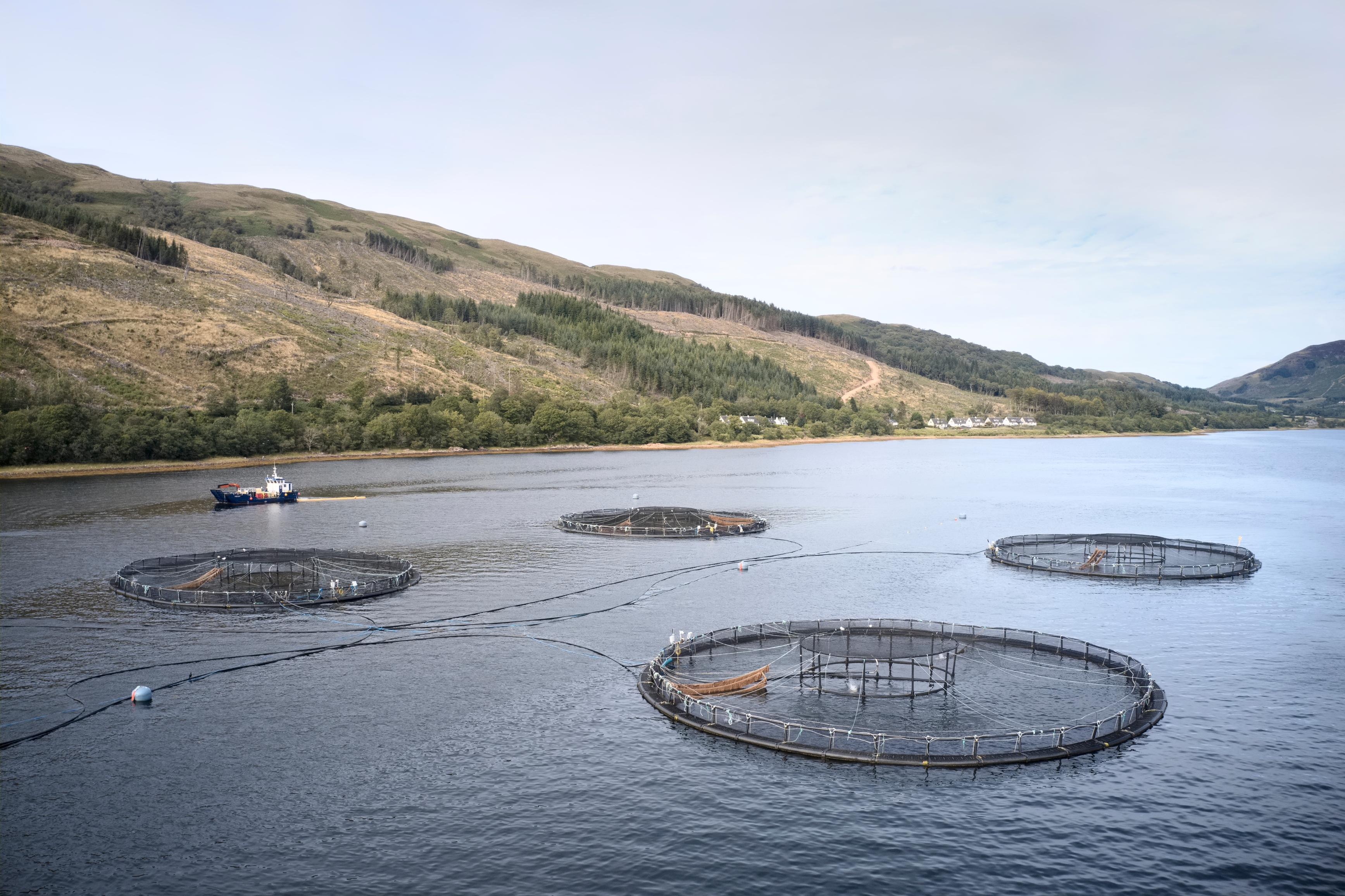
The Scottish Creel Fishermen’s Federation believed HPMAs would disproportionately impact creel fishers. “The smallest creel boats are the least able to change their fishing grounds,” it said. “We also protested the complete failure to factor in the effects of displacement and consequent spatial squeeze.
“What should happen next is the government implement the provisions in the Fisheries Act, which say we must incentivise lower-impact fisheries.
They should also propose a programme of measures to meet their long-overdue commitments to achieve a good environmental status. We believe that means introducing extensive trawl and dredge-free zones in our inshore, possibly based on the Norway model, and the introduction of fit-for-purpose inshore fisheries management plans to improve the management of the remaining inshore fisheries such as the introduction of creel effort limits.”
Both the Scottish White Fish Producers Association and the Mallaig and North West Fishermen’s Association welcomed the decision cautiously.
“Marine Scotland had previously confirmed that Scottish Government policy on MPAs was being met,” they said. “There was no requirement for HPMAs. There was no policy framework to put HPMAs in place and, most importantly, it was not in the plan of the Scottish Government to deviate from the current path. However, within six weeks we were informed that the Bute House Agreement had been signed and HPMAs would be developed. The subsequent direction and timeline that evolved did not reflect the requirement of a robust evidence-based process.
“We were strongly of the view that the proposal that 10% of EU seas should be under strict protection could actually be met by applying appropriate measures within the existing network. We have indicated our support for an alternative proposal from the Scottish Fishermen’s Federation to consider two pilot areas for HPMAs, which would serve as a baseline and inform on effectiveness of a whole site approach. Our concern now is that the initial proposals will resurface under a different initiative or banner.”
Our Seas is a coalition of more than 130 coastal businesses, community groups, fishermen’s associations and environmental organisations campaigning for the recovery of Scotland’s coastal marine environment and the revival of sustainable inshore fisheries. It told us: “Our coalition supports stronger marine protection but delivered in a way which supports inshore fishers and other small businesses and communities who rely most on ecosystem and fisheries recovery.
“HPMAs highlighted that many communities are strongly supportive of safeguarding small-scale, sustainable fishing activity in their area and that most people draw a clear distinction between industrial methods of fishing and small day boats with a lower environmental impact. For almost 100 years there was an inshore limit out to three nautical miles, which protected more than 30% of Scotland’s coastal waters from the impacts of bottom-trawling. This limit was repealed in 1984, but our coalition believes that we must reinstate some version of this limit to protect our inshore seabed habitats, but also – crucially – to recover the fish populations that depend on those habitats. We want to see the return of the herring, abundant inshore cod fisheries and sea angling festivals.
“Fisheries management is complex and high-impact methods of fishing like scallop dredging and bottom-trawling need to be supported as part of any just transition. It’s time for the government to take meaningful action towards achieving a thriving, sustainable future for Scotland’s fisheries.”
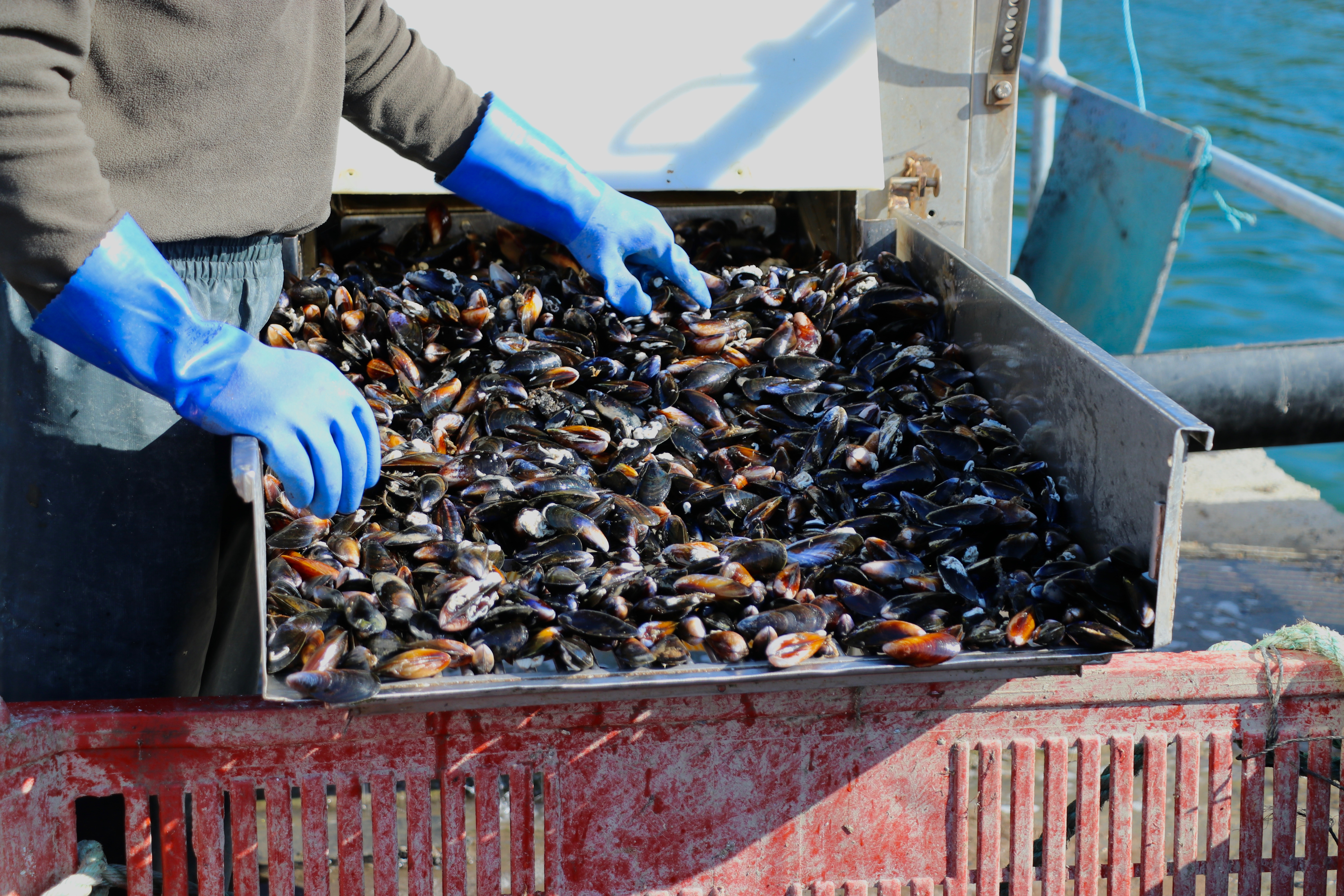
Mussels, Isle of Lewis
A conservationist view
Oceana is the largest international advocacy organisation focused solely on ocean conservation. Oceana UK’s Director Hugo Tagholm said: “We mustn’t confuse Big Fishing with the local communities and low-impact fishers that environmentalists and NGOs stand with. These are two separate stakeholders. The former often imposes an unsustainable toll on our seas and the latter acts as custodians to healthy marine ecosystems and champions of sustainable fishing.
“Environmentalists, local coastal communities and low-impact fishers shouldn’t be in conflict about the goal to protect and restore thriving seas. The areas in question should really looked at as Highly Regenerative Marine Areas – boosting fish populations, wildlife and sustaining local communities in myriad ways.
“Highly Regenerative Marine Areas should be seen as a boost for people, local communities, nature and the long-term prosperity of local fishers. Recognising the need to restore our marine environment in the face of the twin biodiversity and climate crisis is something we can all agree on as society and business evolves to ‘swim more lightly’ on Planet Ocean.”
Moving forward, the Sustainable Inshore Fisheries Trust set out five key principles for developing policy for inshore waters.
The first is community input: “Work with communities to identify areas for marine industries and recreation, but also those for nature restoration. These negotiations must be conducted fairly, recognising the needs of communities and also where competition for space is occurring.”
The second is science: “Policy must be informed by accurate data to identify which areas can remain open to industries (including fisheries) but also where protection is needed. However, lack of local data is not an excuse for inaction – precautionary measures should be taken where appropriate.”
A third is economics: “Declines in fish populations has resulted in declines in catches seen at Scotland’s ports and harbours. This has been aggravated by short-term thinking with fisheries management, instead of planning for higher, genuinely sustainable catches in future.”
Its fourth is scale: “The benefits of low-impact fishing zones for nature restoration won’t be achieved unless considered at a seascape scale. Currently just 66km2 of 90,400km2 inshore waters are fully protected from commercial fishing and almost none reserved for low-impact fishing.”
And finally the fifth is coherence: “All of the above should be delivered in line with international best practice, through negotiated spatial planning that considers all of Scotland’s waters. The Scottish Government’s next steps must be guided by community, science and economics – all of which point in the same direction. Proper spatial planning is essential to reserve areas for low-impact fisheries, for dredge and trawl where impact is minimised and for nature restoration.”
Among the point-scoring by political parties, a few ideas emerged. Kate Forbes, SNP MSP for Skye, Lochaber and Badenoch, and an opponent of the government’s proposals, said: “Moving forward, I would commission a feasibility study into giving councils more power to ensure marine protection designations are effectively implemented and enforced, and ideally consult on which of Marine Scotland’s statutory responsibilities could be more effectively delivered by local authorities.
“We have a range of expertise in coastal communities and I believe they are better placed to manage marine protection designations and inshore fisheries in a way that balances conservation objectives with socio-economic considerations.
“Local communities are often the ones most affected by changes in marine ecosystems and they can provide valuable knowledge and insight into the health of local fish stocks and other marine resources, and a more tailored approach could also improve monitoring and enforcement.
“So I’d like to see a study to consider if this way of working could improve outcomes, both for local communities and for the growth of the blue economy more widely.”
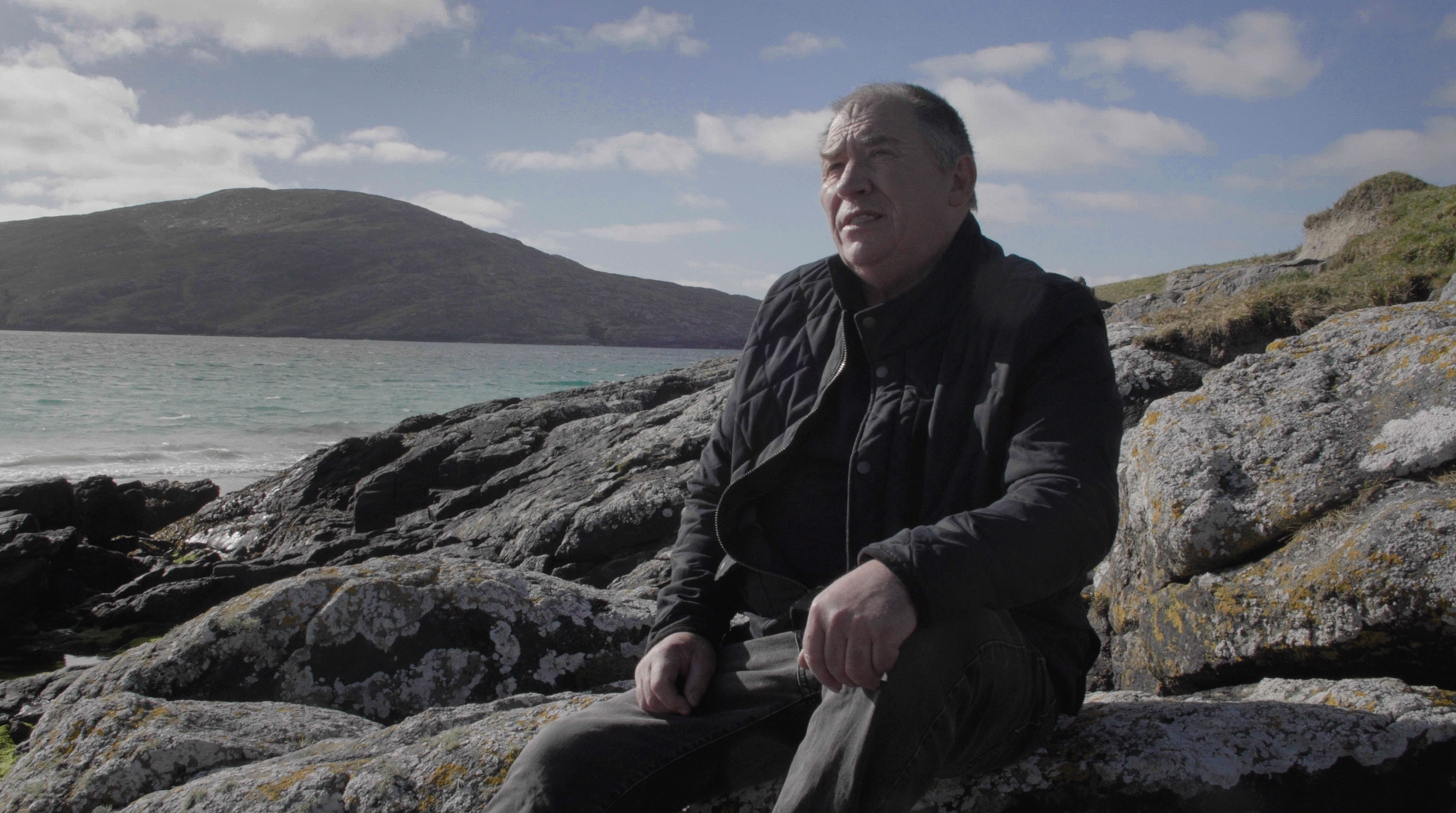
Protest song
In the meantime, some of Scotland’s best-known singers joined forces with Celtic music group Skipinnish in a Gaelic makeover of their chart-topping song The Clearances Again, written in protest against the HPMAs proposals.
Fuadaichean (Gaelic for “clearances”) has been recorded by Hebridean fisherman Donald Francis (DF) MacNeil in his native Gaelic, along with Skipinnish and several famous supporting voices. The original song, which was released in April and was 64-year-old DF’s recording debut, was composed by Skipinnish co-founder and fisherman Angus MacPhail but it was his 78-year-old mother Flora who penned the new Gaelic lyrics.
Karen Matheson of Capercaillie, folk singers Julie Fowlis and Kathleen MacInnes, broadcaster Mary Ann Kennedy and ex-Simple Minds rockstar Mick MacNeil are just five of the impressive names joining DF MacNeil and Skipinnish for their new single.
“It has been done as a reminder to governments and policy makers that Scotland’s island and coastal communities must not be ignored and any proposals that impact the sustainability of their fragile economies, way of life and unique culture will be vociferously opposed,” Skippinish said.
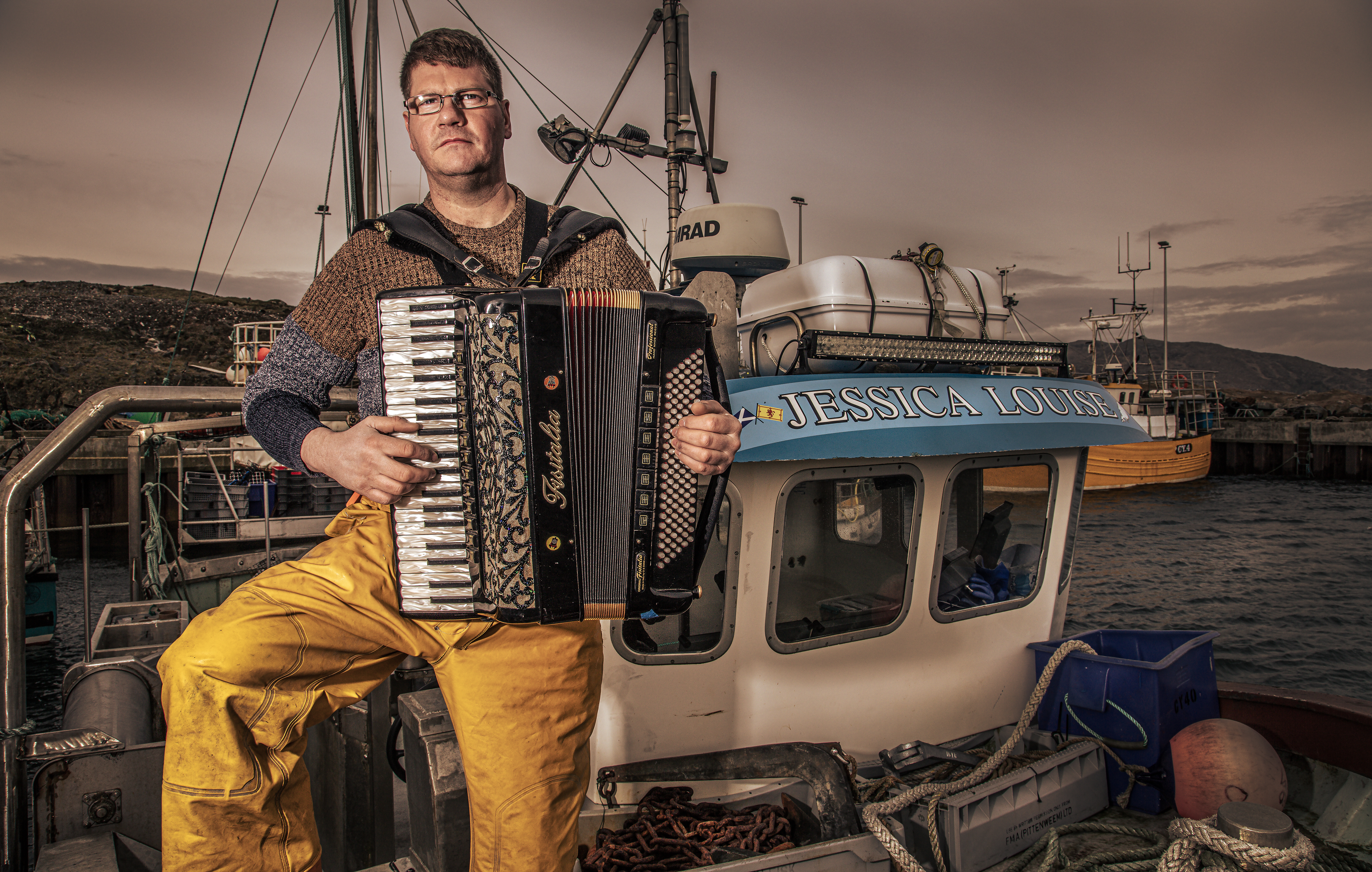
Angus MacPhail of Skipinnish – Photo: Stephen Kearney, Little Day Productions
MacPhail explained: “Until the voice of our coastal communities is listened to, understood and respected, then we will remain in this limbo of waiting for ‘HPMAs mark two’ to be thrust upon us. That is how coastal communities are feeling and that is why we need to re-release the song. The amazing support from so many world-class singers and musicians adding their voice to the cause reflects the widespread strength of feeling on this issue.”
Nick Turnbull, Chairman of Mull Fishermen’s Association, added: “I doubt we have seen the end of HPMAs and it is a constant cause of worry as to what guise in which they will rear their head again.”
Duncan MacInnes of Western Isles Fishermen’s Association said: “The biggest challenge to the fishing industry in the Western Isles is the uncertainty being created with further designations and potential closures on the horizon. HPMAs have been taken off the table; however, there are other restrictive and unnecessary controls coming.”
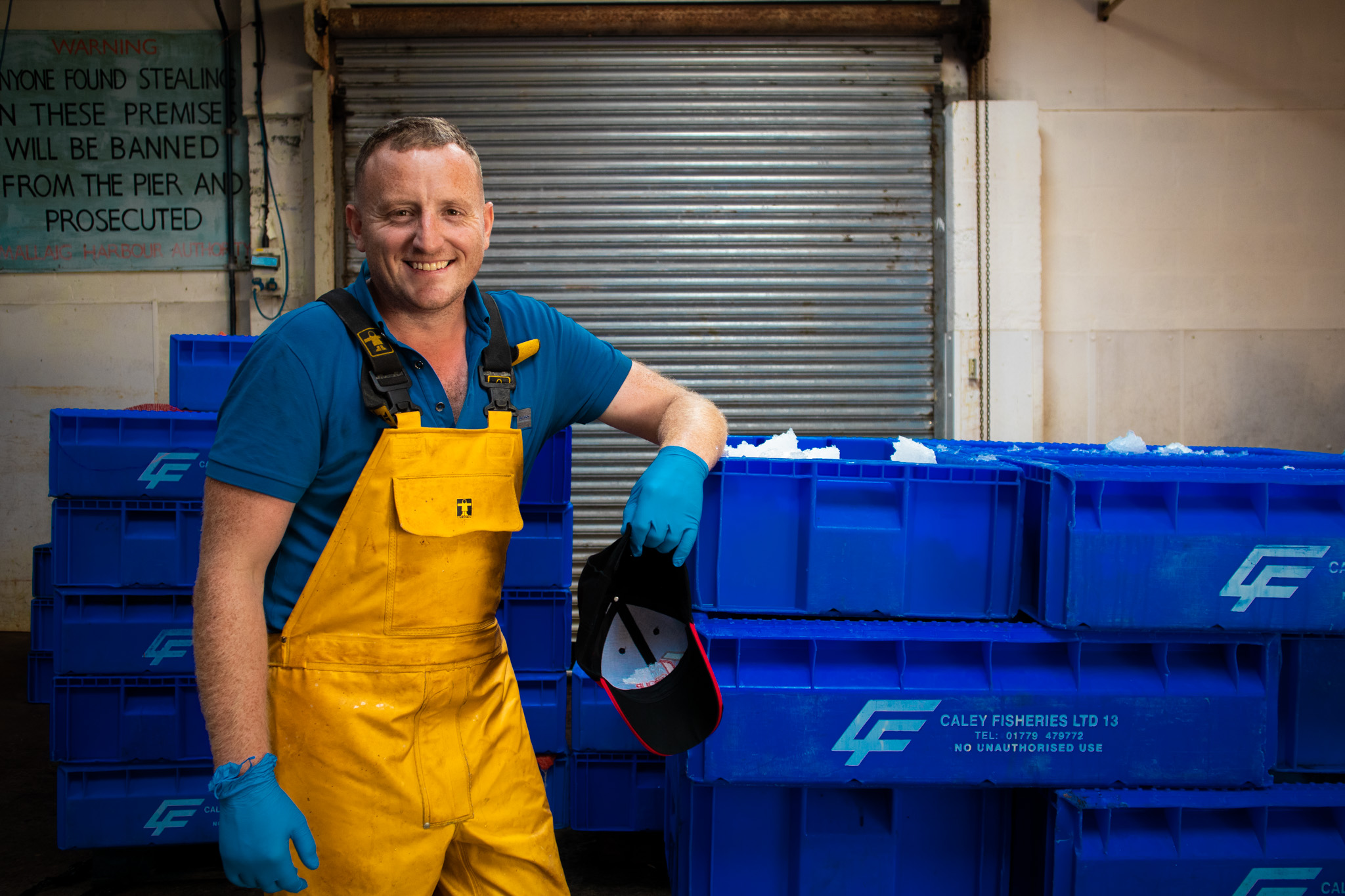
Allan Cameron
Throughout Scotland, skippers are urging policymakers not to push through HPMAs “by the back door”. Many remain concerned about the “vague wording” in the government’s response and fear supporters of HPMAs will try their best to usher in the policy through another avenue.
Mallaig-based fisherman Allan Cameron is not against small no-take zones but states there must be more collaboration. “I believe MPAs in the right area and with proper consultation could be beneficial,” he said.
“I’m not opposed to small no-take zones as experimental areas and assets with full transparency and evidence available for all stakeholders and public to see results, but I don’t agree with active fishing being displaced in any case or form.”
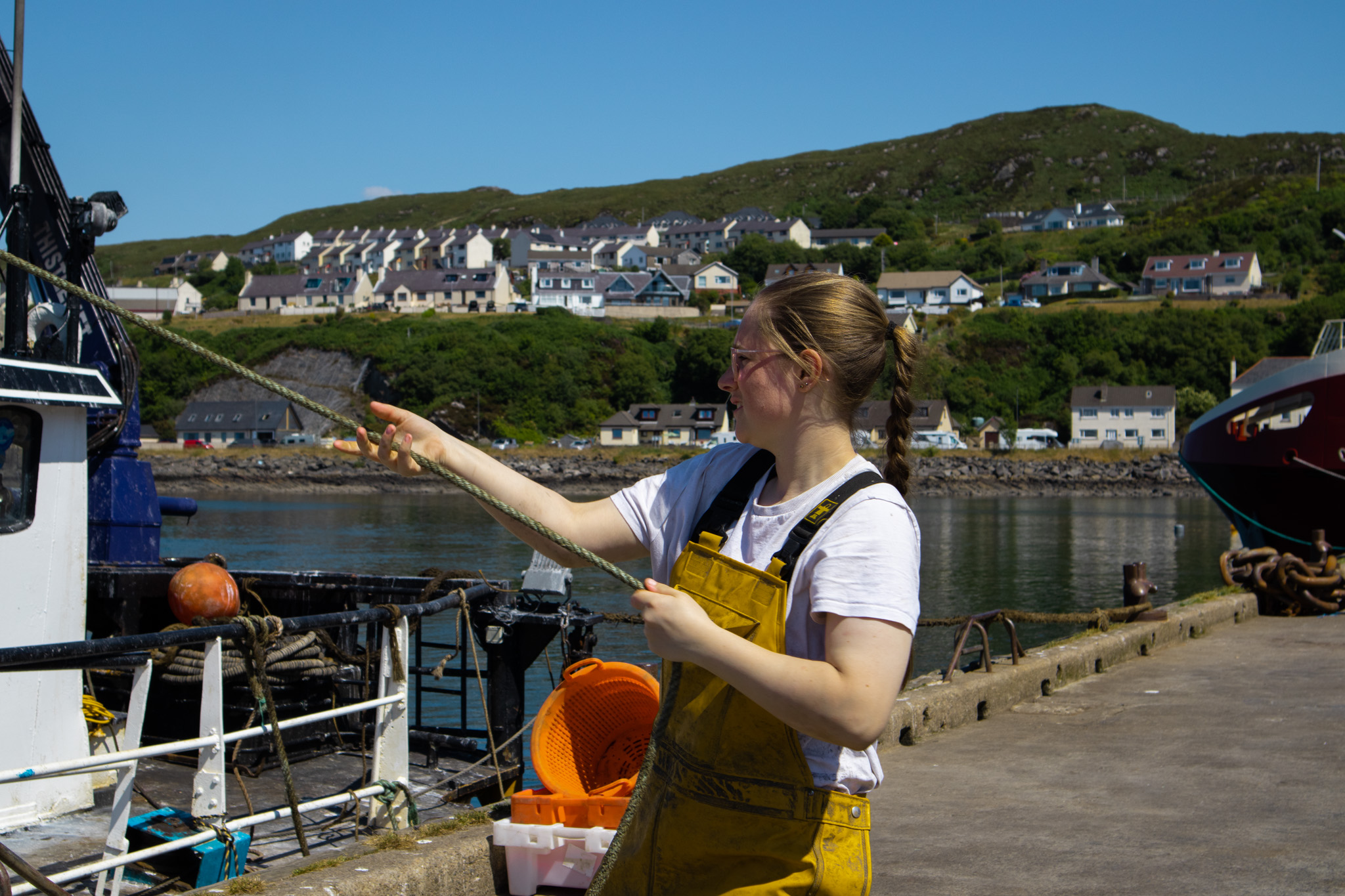
Erin MacKenzie
Nineteen-year-old Erin MacKenzie, who started working in the industry last year, represents the next generation.
“I understand what they’re trying to do, but it’s cutting off areas for fishermen and we’re already losing so much,” she said. “We’re not catching enough as it is and it’s just going to make things worse and worse. Fishing has a big history, especially here, and to just let generations of fishermen and their families die out, it would just be horrendous.”
If there’s anything everyone can agree on, it must be that the Scottish Government has a daunting task ahead, in the middle of a wide spectrum of views and an urgent environmental crisis, to strike a balance. Surely all, too, must wish them luck.

